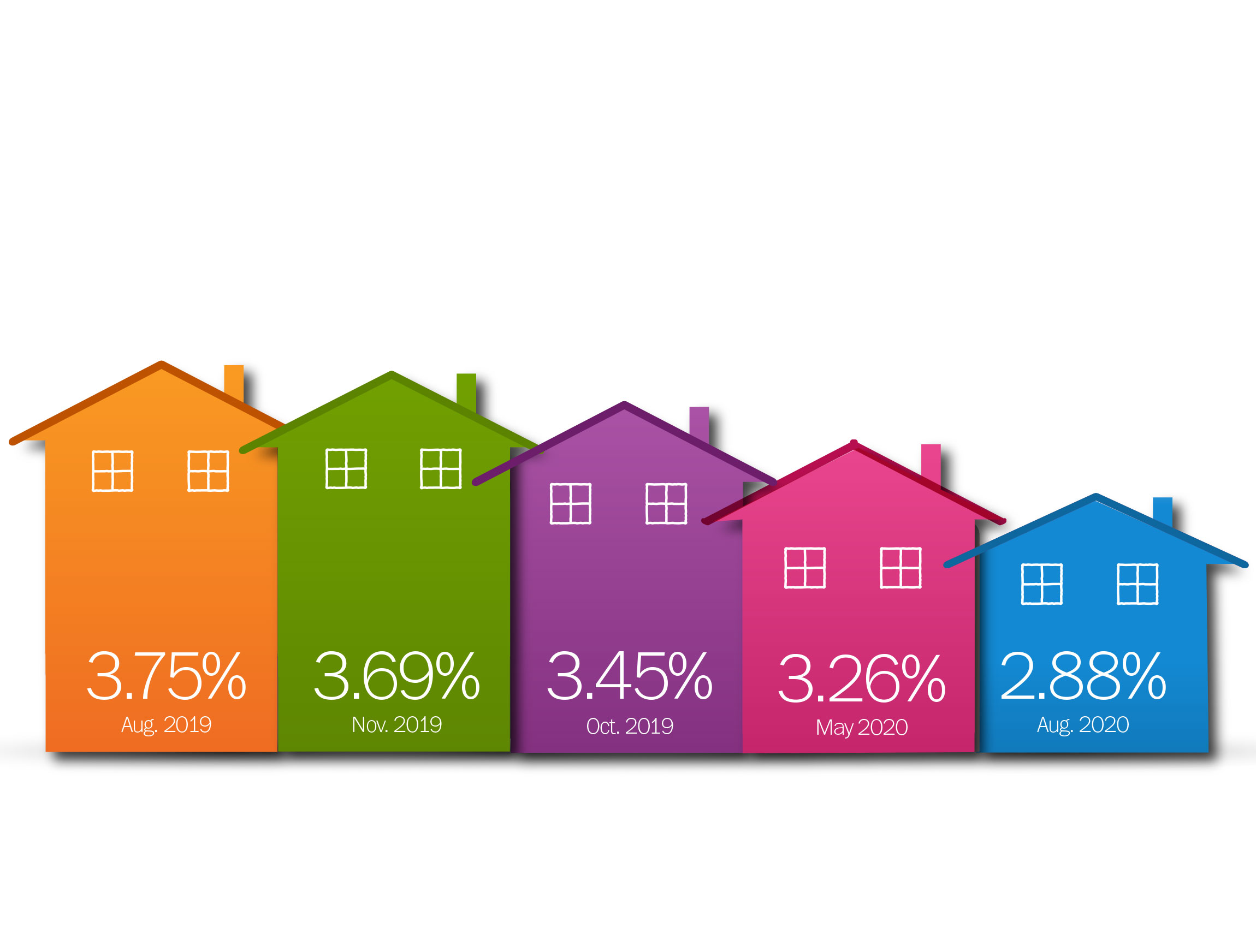Fixed-Rate vs. Adjustable-Rate Mortgages: What Works Best in LA?

Fixed-Rate vs. Adjustable-Rate Mortgages: What Works Best in LA?
When purchasing a home in Los Angeles, one of the most critical decisions prospective buyers face is choosing the right type of mortgage. The two primary options are fixed-rate mortgages (FRMs) and adjustable-rate mortgages (ARMs). Each has its advantages and drawbacks, and understanding how these mortgage types align with the unique dynamics of the LA real estate market can help you determine which is best for your financial situation and homeownership goals.
To help you navigate the mortgage landscape, we’ll explore the key differences between fixed-rate and adjustable-rate mortgages, focusing on their relevance in a city known for its high home prices and market fluctuations.
Fixed-Rate Mortgages: Stability and Predictability
A fixed-rate mortgage is one where the interest rate remains constant for the entire life of the loan. This provides homeowners with a stable and predictable monthly payment, which can be particularly appealing in a high-cost, dynamic market like Los Angeles.
Benefits of Fixed-Rate Mortgages in LA:
-
Predictability: With an FRM, your monthly mortgage payment remains unchanged, regardless of interest rate fluctuations. This stability can be reassuring in a city like LA, where other living costs often rise unpredictably.
-
Long-Term Savings in a Low-Rate Market: With interest rates at relatively low levels in recent years, locking in a fixed rate can secure savings over the life of the loan. For those planning to stay in their homes long-term, this can be a cost-effective choice.
-
Budget-Friendly for Long-Term Residents: Fixed-rate mortgages make it easier to budget effectively, which is ideal for buyers who want financial consistency.
Drawbacks of Fixed-Rate Mortgages:
-
Higher Initial Interest Rates: Fixed-rate loans often come with slightly higher interest rates compared to the initial rates on ARMs. This means your monthly payments may be higher at the outset.
-
Less Flexibility for Short-Term Owners: If you don’t plan to stay in your home for more than a few years, the stability of an FRM might not outweigh the higher costs.
Adjustable-Rate Mortgages: Potential Savings with Risks
An adjustable-rate mortgage typically offers a lower interest rate for an initial fixed period—usually 5, 7, or 10 years—before the rate adjusts periodically based on market conditions. This initial lower rate can make ARMs attractive, especially for buyers entering the competitive LA market.
Benefits of Adjustable-Rate Mortgages in LA:
-
Lower Initial Payments: ARMs often start with lower interest rates compared to FRMs, resulting in reduced monthly payments during the fixed-rate period. This can be particularly beneficial in LA, where high property prices strain many buyers’ budgets.
-
Short-Term Savings for Transient Buyers: If you plan to sell or refinance before the initial fixed period ends, an ARM can offer significant savings over a fixed-rate mortgage.
-
Flexibility: Buyers with shorter-term ownership plans or those expecting their income to increase over time may find ARMs to be a strategic choice.
Drawbacks of Adjustable-Rate Mortgages:
-
Interest Rate Risk: Once the initial fixed-rate period ends, the interest rate adjusts based on market conditions, potentially leading to significant increases in monthly payments. In a city like LA, where living costs are already high, this unpredictability can pose challenges.
-
Complexity: ARMs require careful understanding of terms, including caps on rate adjustments, index rates, and margins. Misunderstanding these factors can lead to financial strain.
What Works Best in LA?
Choosing between an FRM and an ARM depends on your financial situation, how long you plan to stay in the home, and your risk tolerance. Here are some key considerations for LA buyers:
1. Length of Stay:
-
Long-Term Residents: If you plan to live in your home for more than 10 years, a fixed-rate mortgage is often the better choice. It provides stability and shields you from potential rate hikes.
-
Short-Term Owners: If you anticipate moving or refinancing within 5 to 10 years, an ARM could save you money during the initial fixed-rate period.
2. Risk Tolerance:
-
Low Risk Tolerance: Buyers who prefer predictability and want to avoid future surprises should lean toward fixed-rate mortgages.
-
High Risk Tolerance: Buyers willing to accept potential rate increases in exchange for lower initial payments might find ARMs more appealing.
3. Current Market Conditions:
In Los Angeles, where market conditions can shift rapidly, it’s crucial to monitor interest rate trends. If rates are low, locking in a fixed-rate mortgage might be advantageous. Conversely, if rates are high but expected to drop, an ARM may offer short-term savings with the option to refinance later.
4. Financial Situation:
-
If you have a stable income and prioritize long-term financial planning, an FRM provides peace of mind.
-
If you’re early in your career and expect your income to grow, an ARM might make homeownership more accessible now.
Conclusion
Both fixed-rate and adjustable-rate mortgages offer unique benefits and risks for Los Angeles homebuyers. The right choice depends on your personal goals, financial situation, and how long you plan to stay in the home. In a city where real estate is both dynamic and competitive, making an informed mortgage decision is crucial to achieving your homeownership dreams while safeguarding your financial future.
By carefully evaluating your circumstances and consulting with a mortgage advisor, you can confidently choose the mortgage type that best fits your needs and ensures a successful homebuying experience in LA.
Categories
Recent Posts





